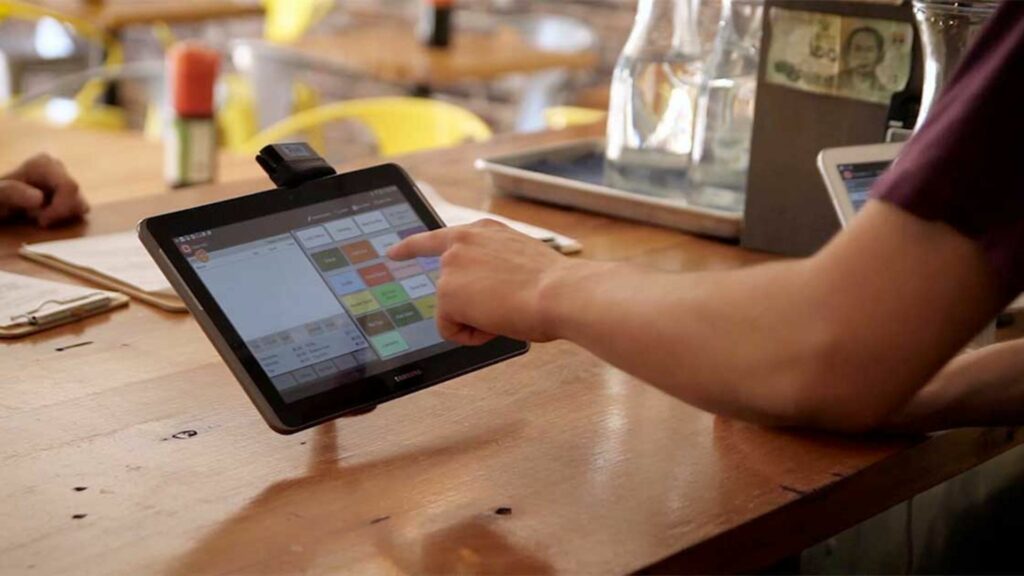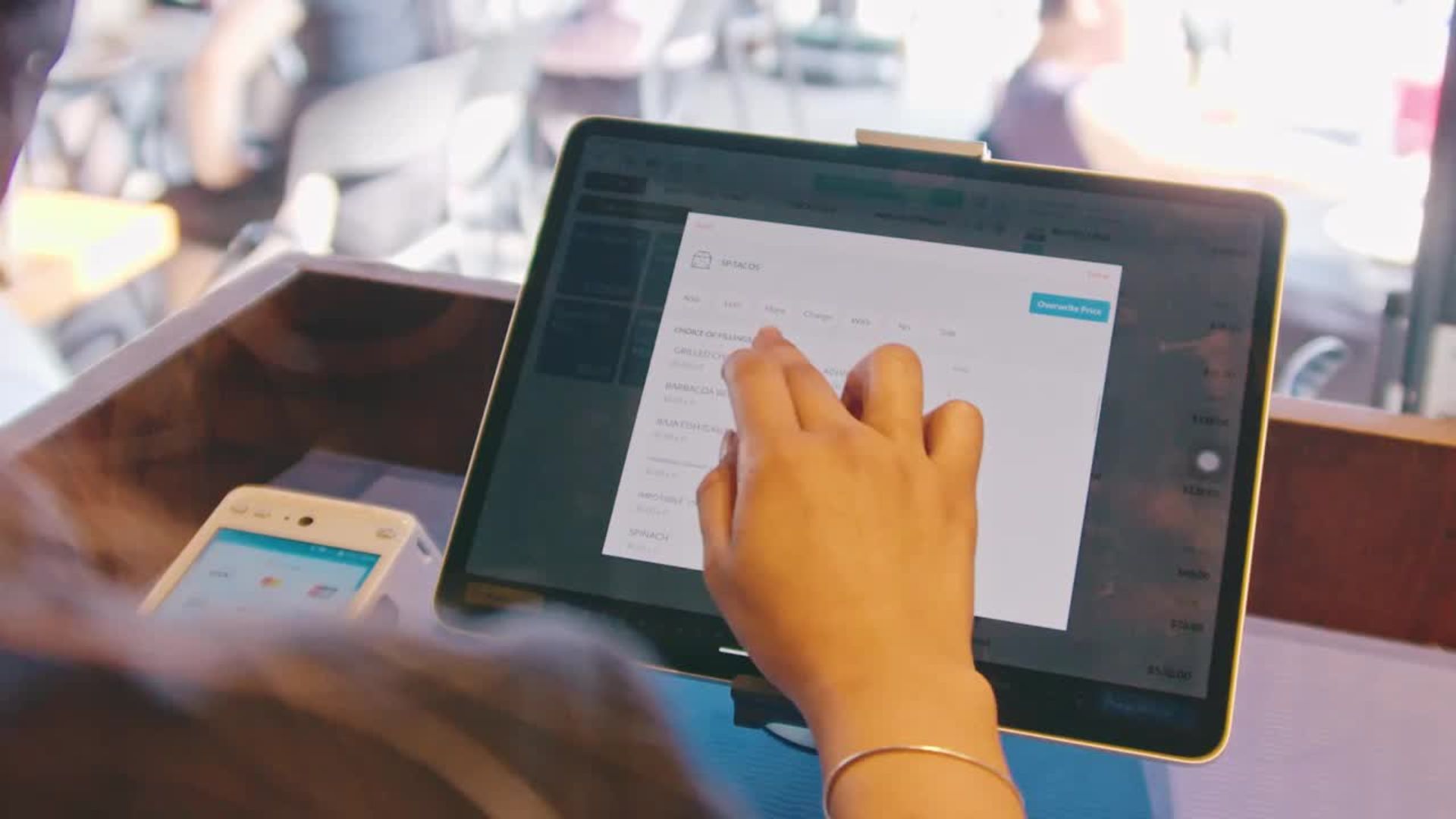Tableside ordering is a convenient and efficient way for restaurants to take orders directly from customers at their tables. With the right POS system, setting up tableside ordering can streamline the ordering process, enhance customer experience, and improve overall efficiency. In this guide, we’ll explore how to set up tableside ordering with POS systems, step by step.
Choosing the Right POS System
The first step in setting up ordering is selecting the right POS system for your restaurant’s needs. Look for a POS system that offers tableside ordering as a feature, along with other essential functionalities such as menu management, order processing, and payment processing. When choosing a POS system for tableside ordering, consider factors such as ease of use, compatibility with your existing hardware and software, and scalability to accommodate your restaurant’s growth.
Look for features like customizable menus, inventory management, and reporting capabilities to ensure that the POS system meets all your operational requirements. Additionally, explore options for integrating the POS system with other restaurant management tools, such as accounting software or online ordering platforms, to streamline your operations further.
Configuring Tableside Ordering
Once you’ve chosen a suitable POS system, the next step is to configure the tableside ordering feature. This typically involves setting up table layouts in the POS system’s interface. Hence, assigning table numbers or names, and linking them to corresponding orders.
Start by configuring table layouts within the POS interface to mirror the physical layout of your restaurant’s dining areas. Designate table numbers or names for each seating area and arrange them accordingly within the system. This organization enables servers to easily identify and select the appropriate table when taking orders, minimizing errors and improving efficiency.
Next, establish the link between table assignments and orders within the POS system. This involves associating specific orders with their corresponding table numbers or names to ensure accurate tracking and fulfilment. Implement features that allow servers to seamlessly transfer orders between tables or merge separate checks when necessary. Hence, providing flexibility and convenience for both staff and guests.

Training Staff
Begin by providing comprehensive training on how to navigate and operate the POS system. This includes logging in, accessing the tableside ordering feature, navigating menus, and processing orders. Familiarize your staff with all aspects of the POS interface to ensure they can navigate it confidently during service.
Train your servers on the proper procedures for taking orders tableside. Emphasize the importance of accurately recording guest preferences, special requests, and modifications to ensure a seamless dining experience. Encourage active listening and effective communication skills to facilitate clear and concise order transmission.
Testing and Troubleshooting
Before rolling out tableside ordering to your customers, thoroughly test the system to identify any potential issues or glitches. Test the ordering process from start to finish, including order entry, transmission to the kitchen or bar, and payment processing. Encourage your staff to provide feedback on their experience with tableside ordering during the testing phase. And address any concerns or challenges promptly. In addition to technical training, emphasize the importance of customer interaction and service etiquette during ordering. Train your staff to engage with customers in a friendly and professional manner, actively listening to their preferences and addressing any questions or concerns they may have. Encourage servers to upsell additional items or promotions when appropriate, enhancing the overall dining experience and increasing revenue opportunities.
Implementing Tableside Ordering
Once you’ve configured the POS system, trained your staff, and tested the system thoroughly, you’re ready to implement ordering in your restaurant. Roll out the new system gradually, starting with a soft launch to iron out any remaining issues before fully integrating it into your operations. To enhance the customer experience, consider incorporating mobile devices or tablets equipped with the POS system for ordering. Therefore, this allows servers to take orders directly at the table, improving accuracy and efficiency while reducing wait times. Guide your staff on best practices for engaging with customers during the ordering process, such as offering menu recommendations, answering questions, and upselling additional items or promotions.
Conclusion
Tableside ordering can revolutionize the dining experience for both customers and restaurant staff, offering convenience, efficiency, and enhanced service. By choosing the right POS system, configure tableside ordering effectively. Hence, by training your staff adequately, and conducting thorough testing, you can successfully implement tableside ordering in your restaurant and reap the benefits of improved efficiency and customer satisfaction.
